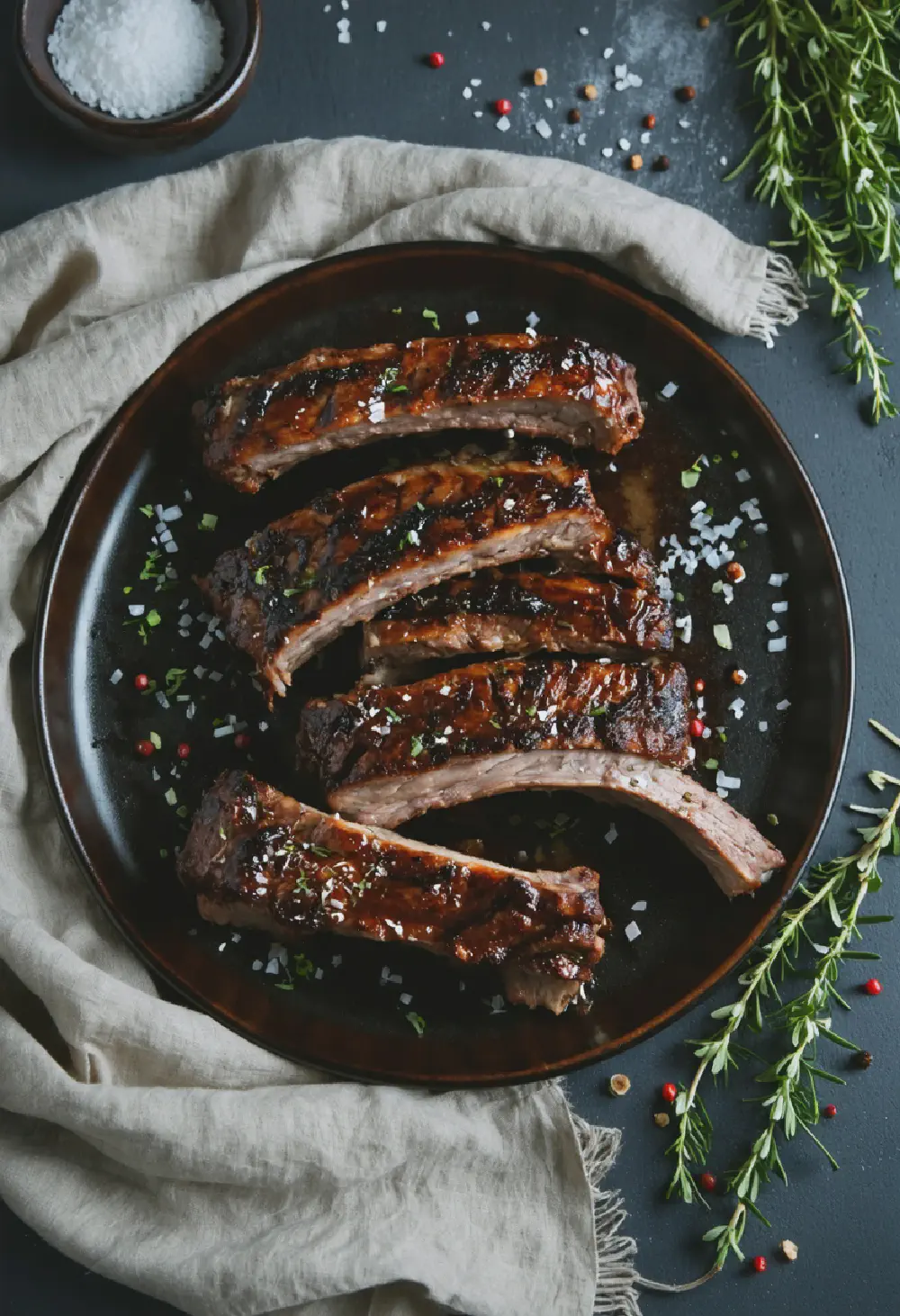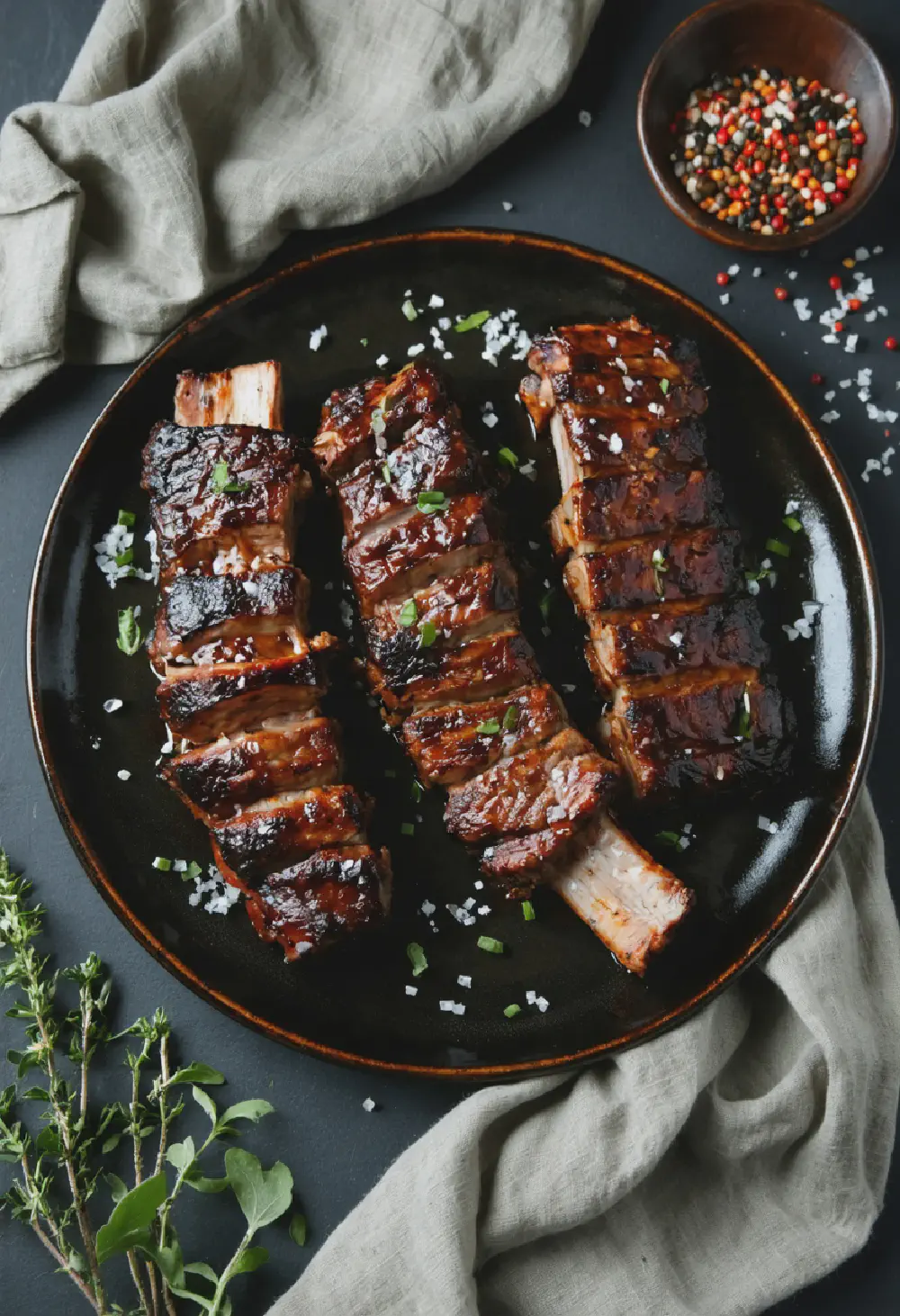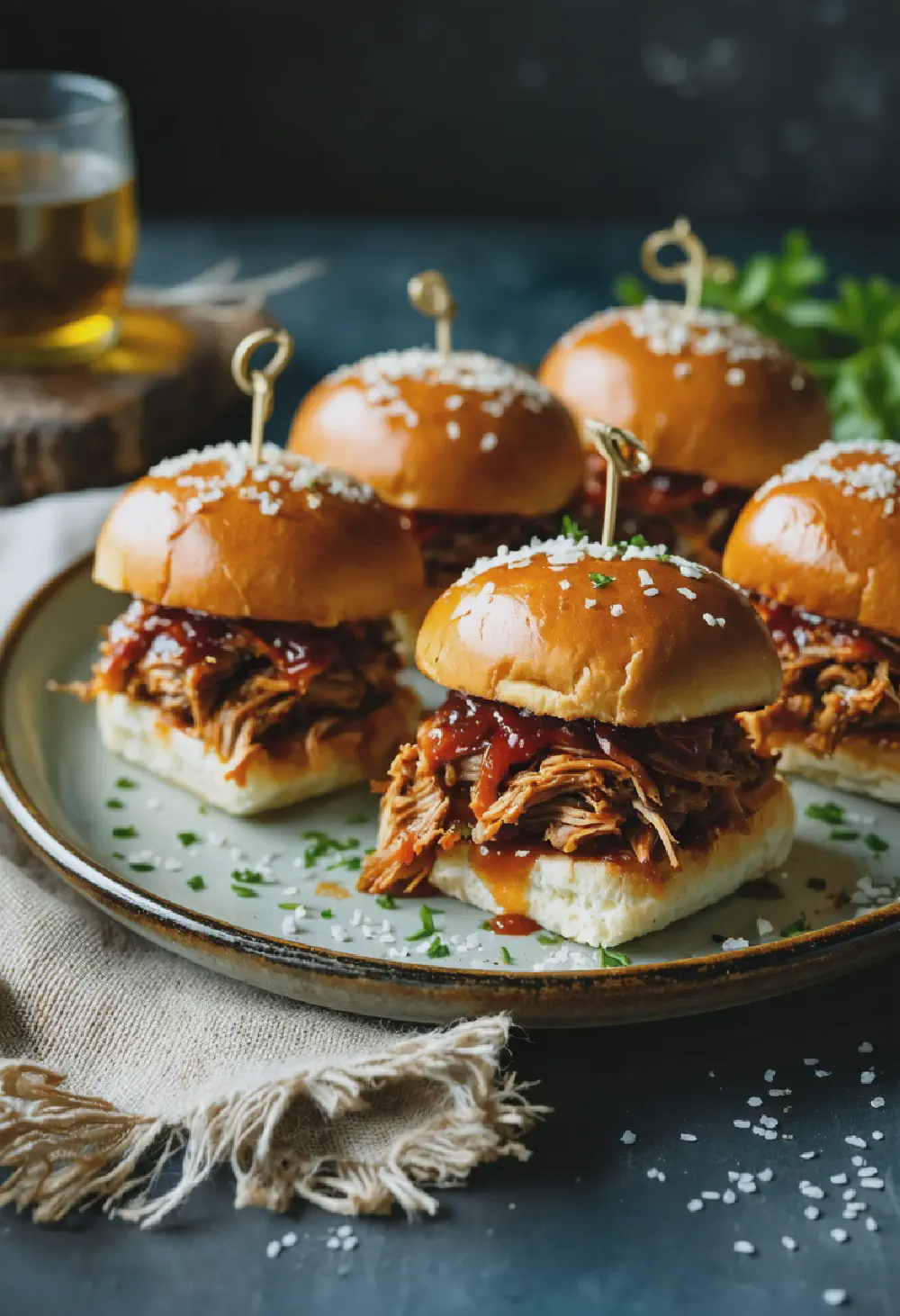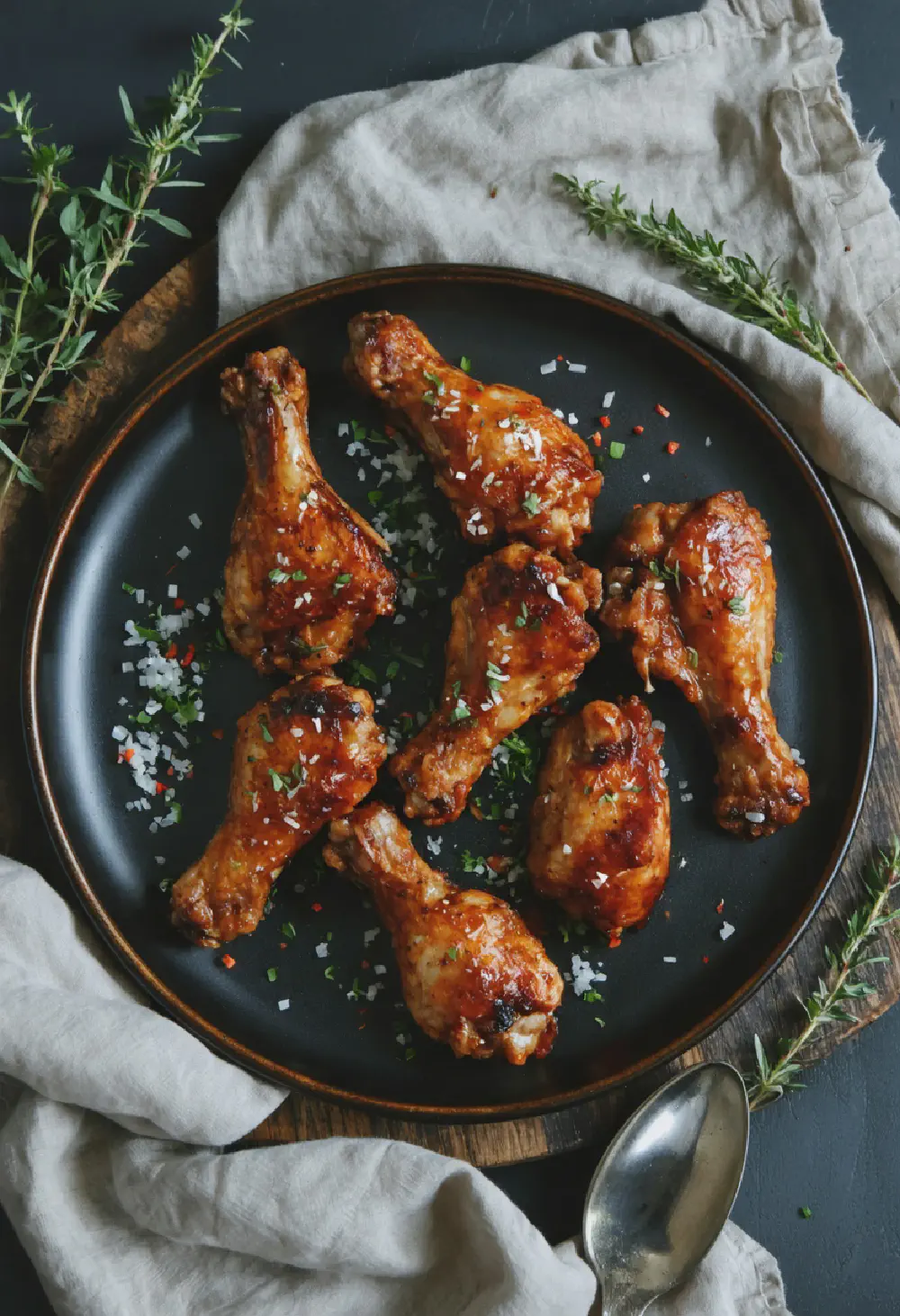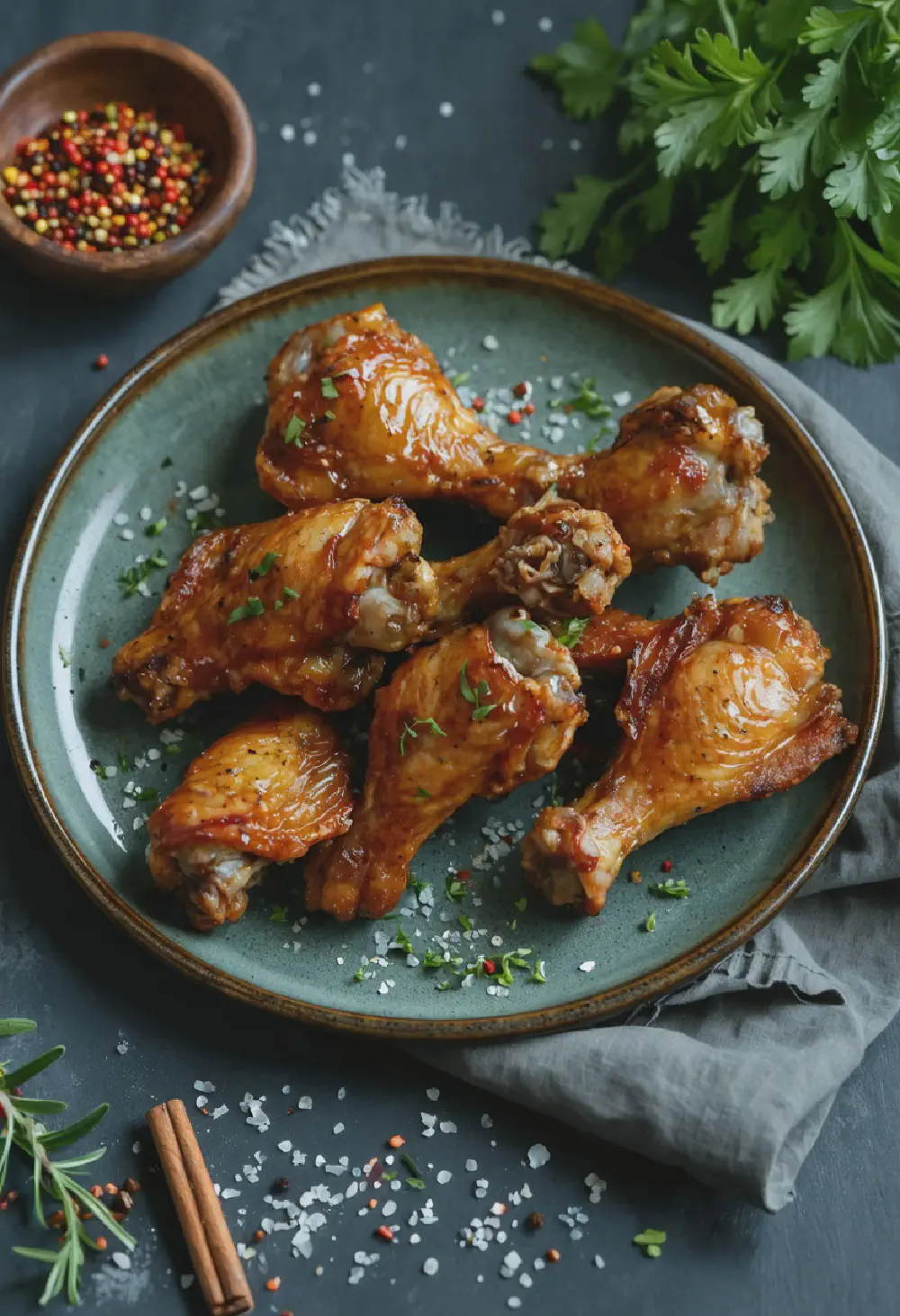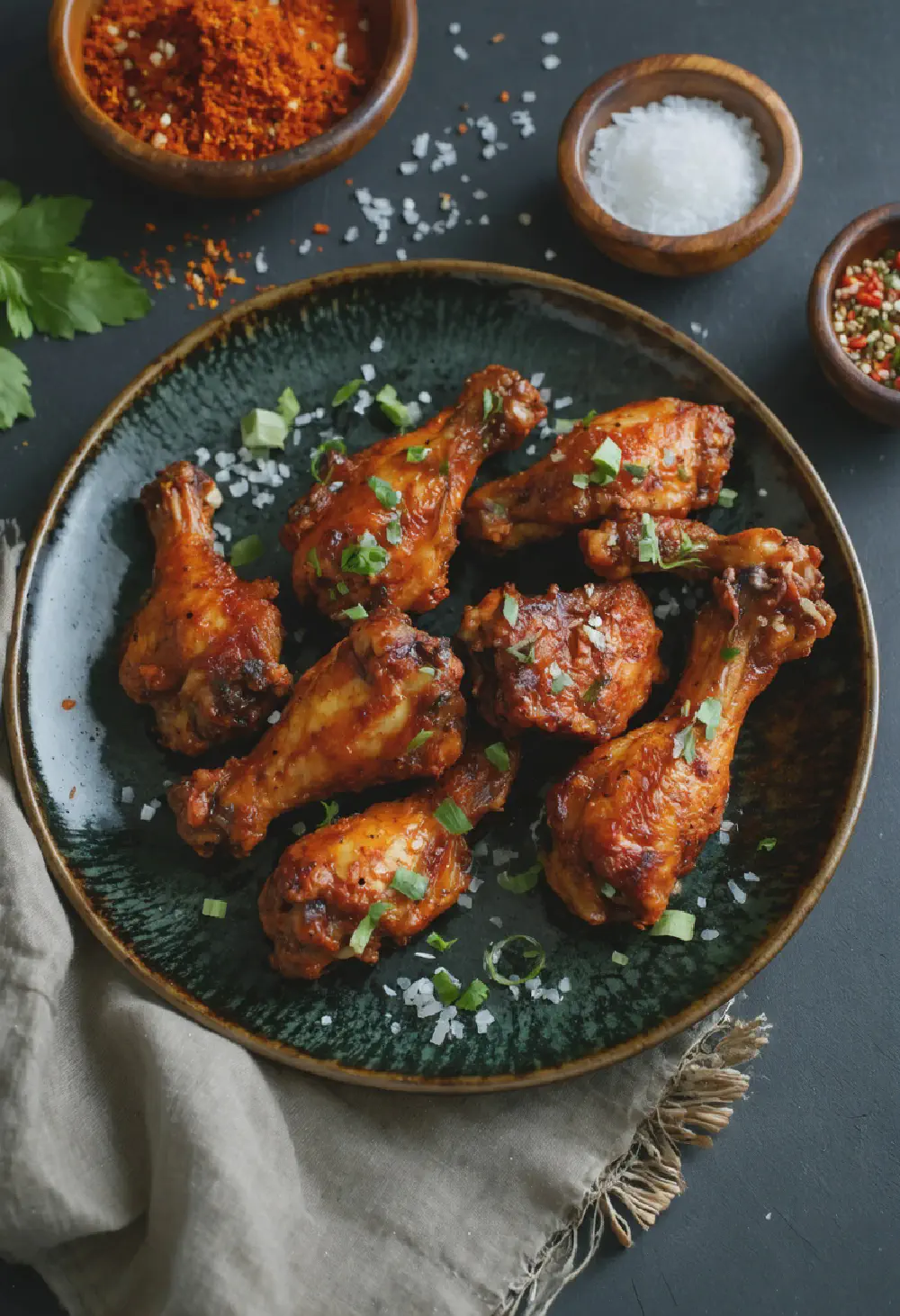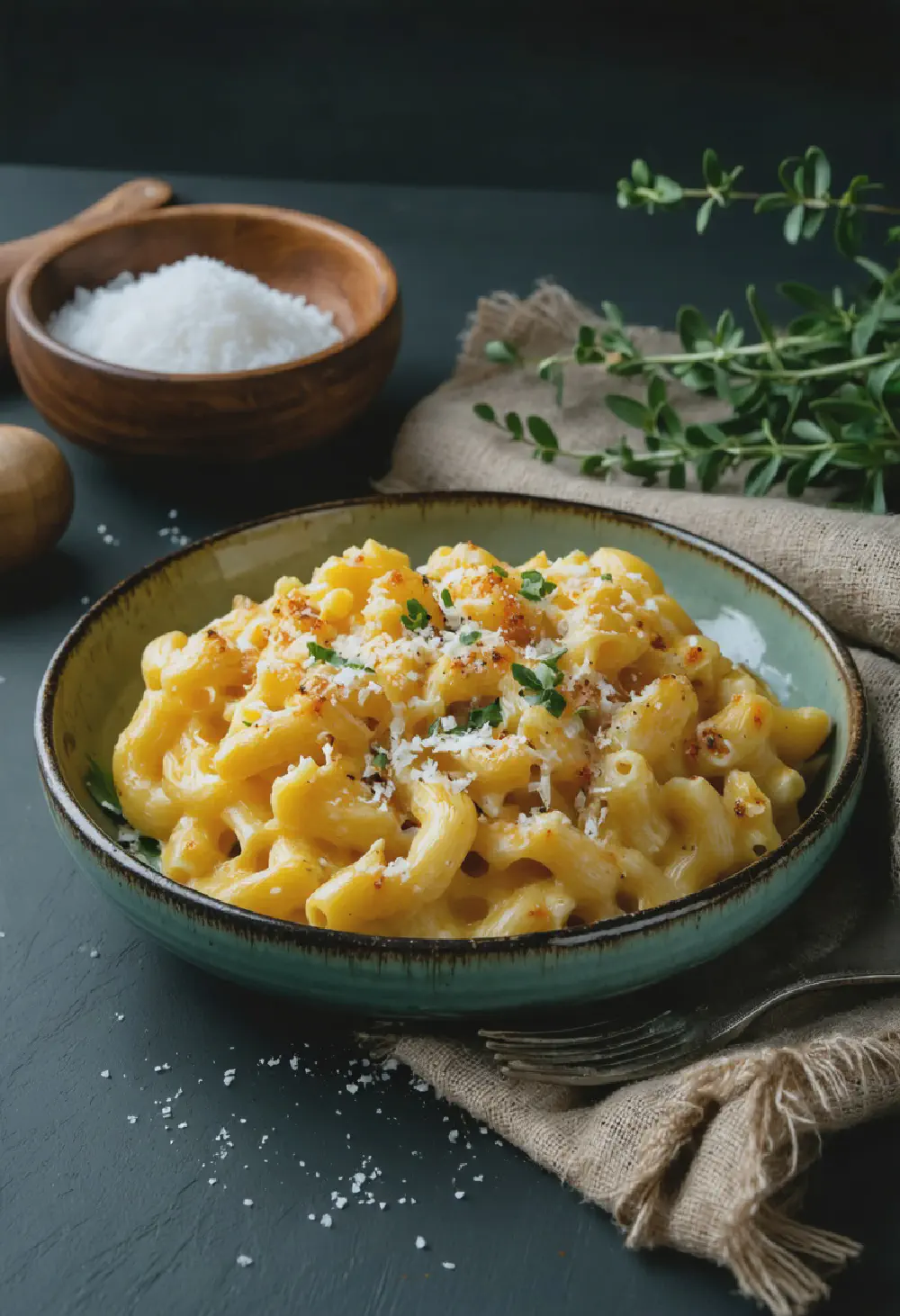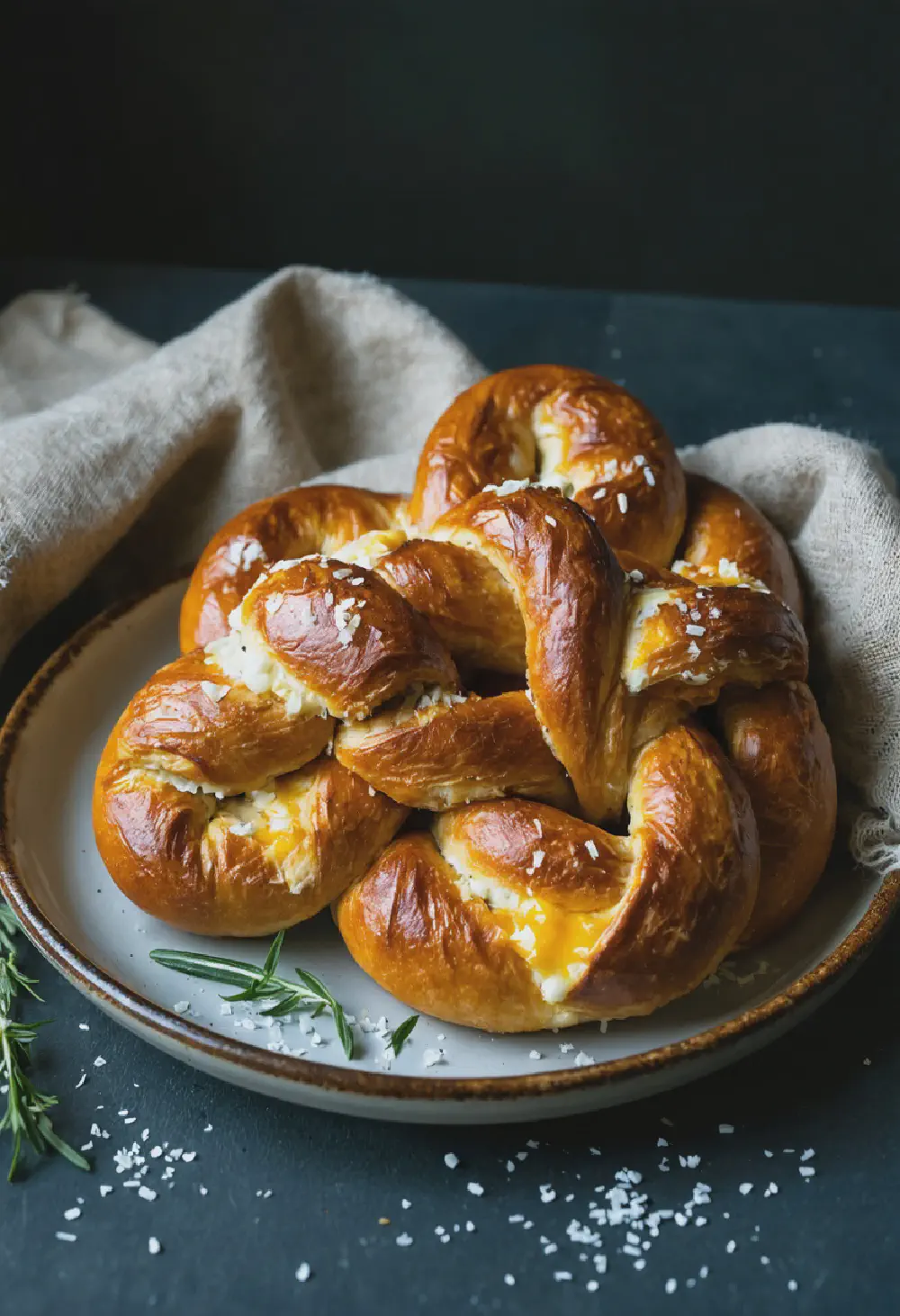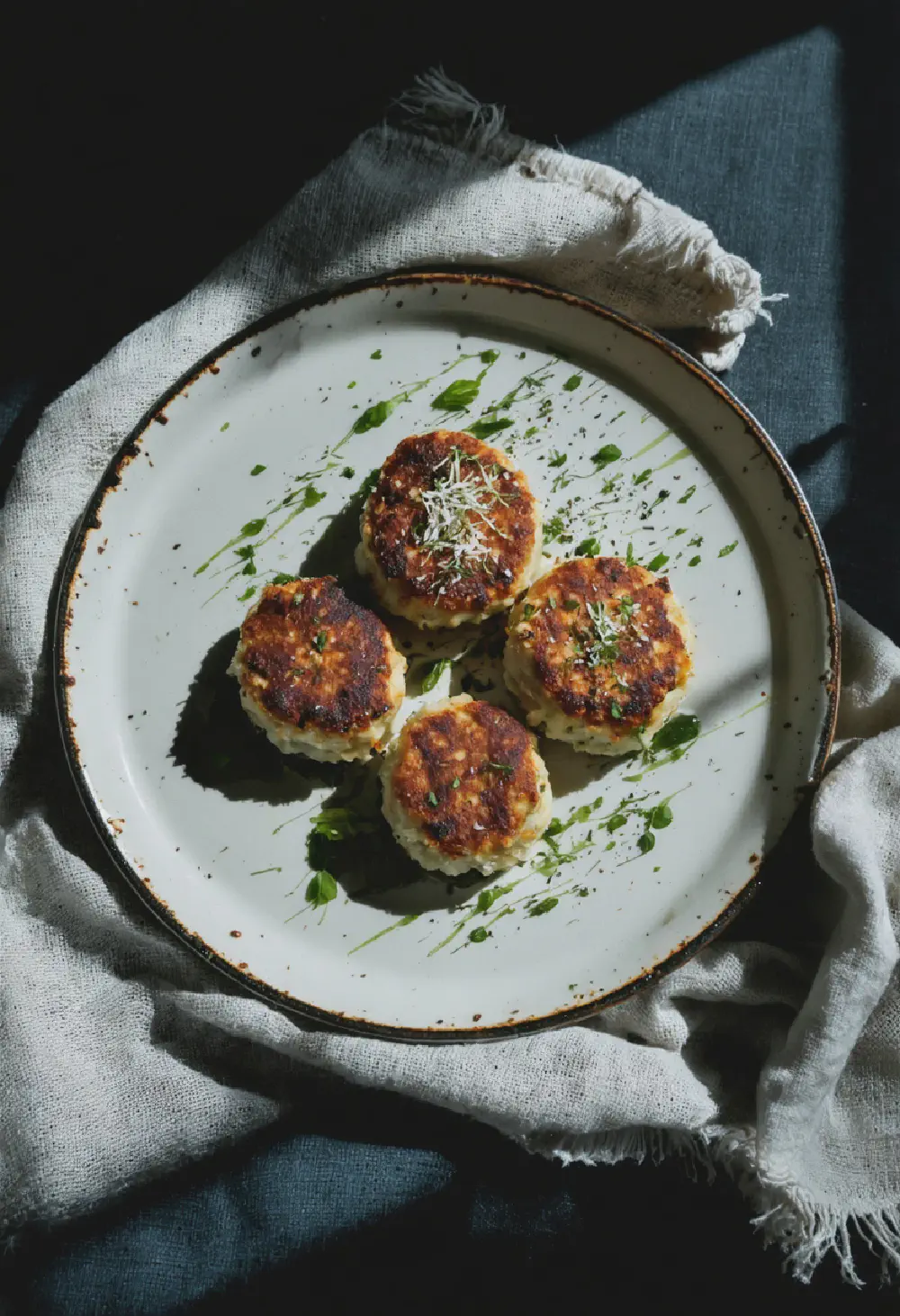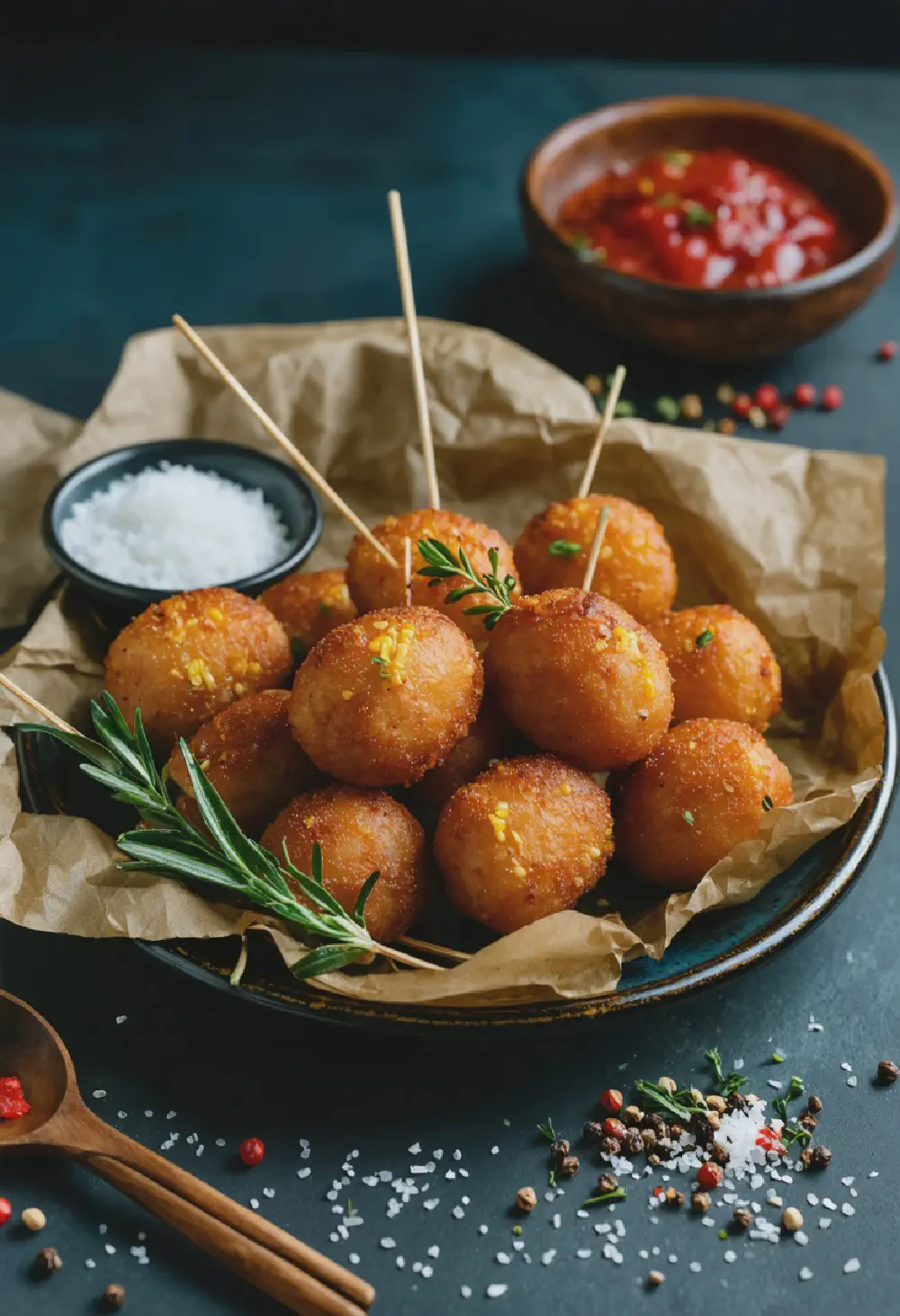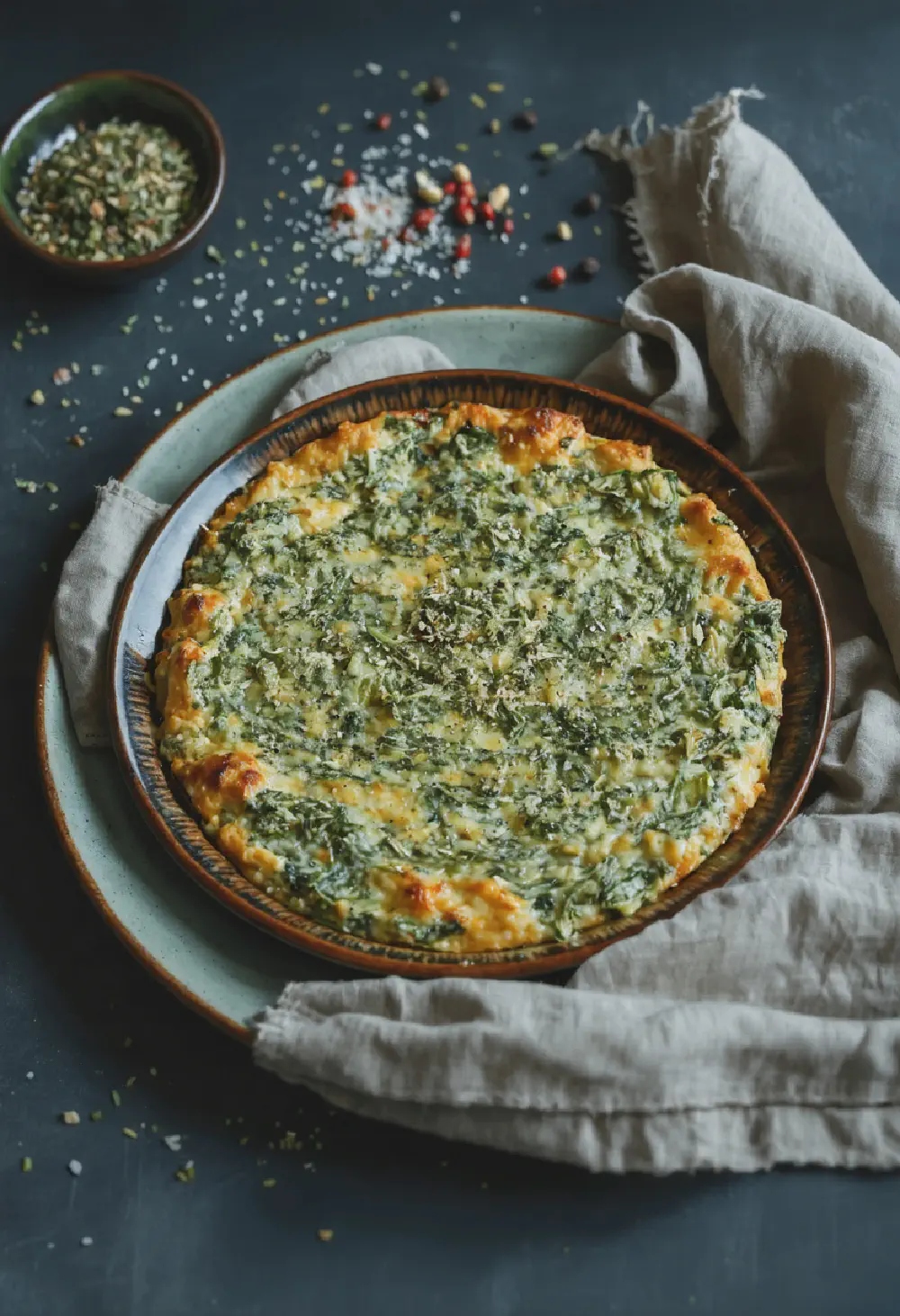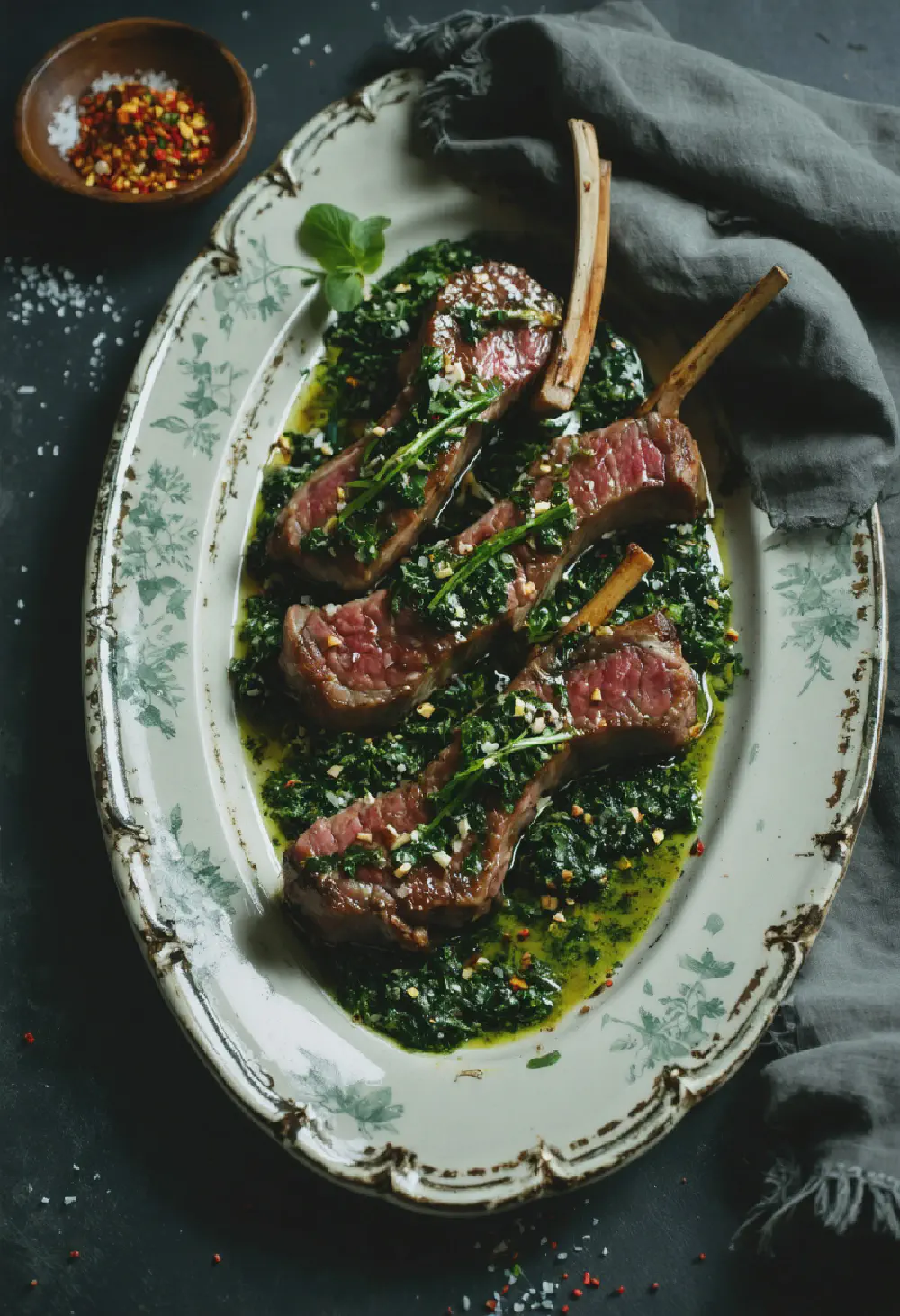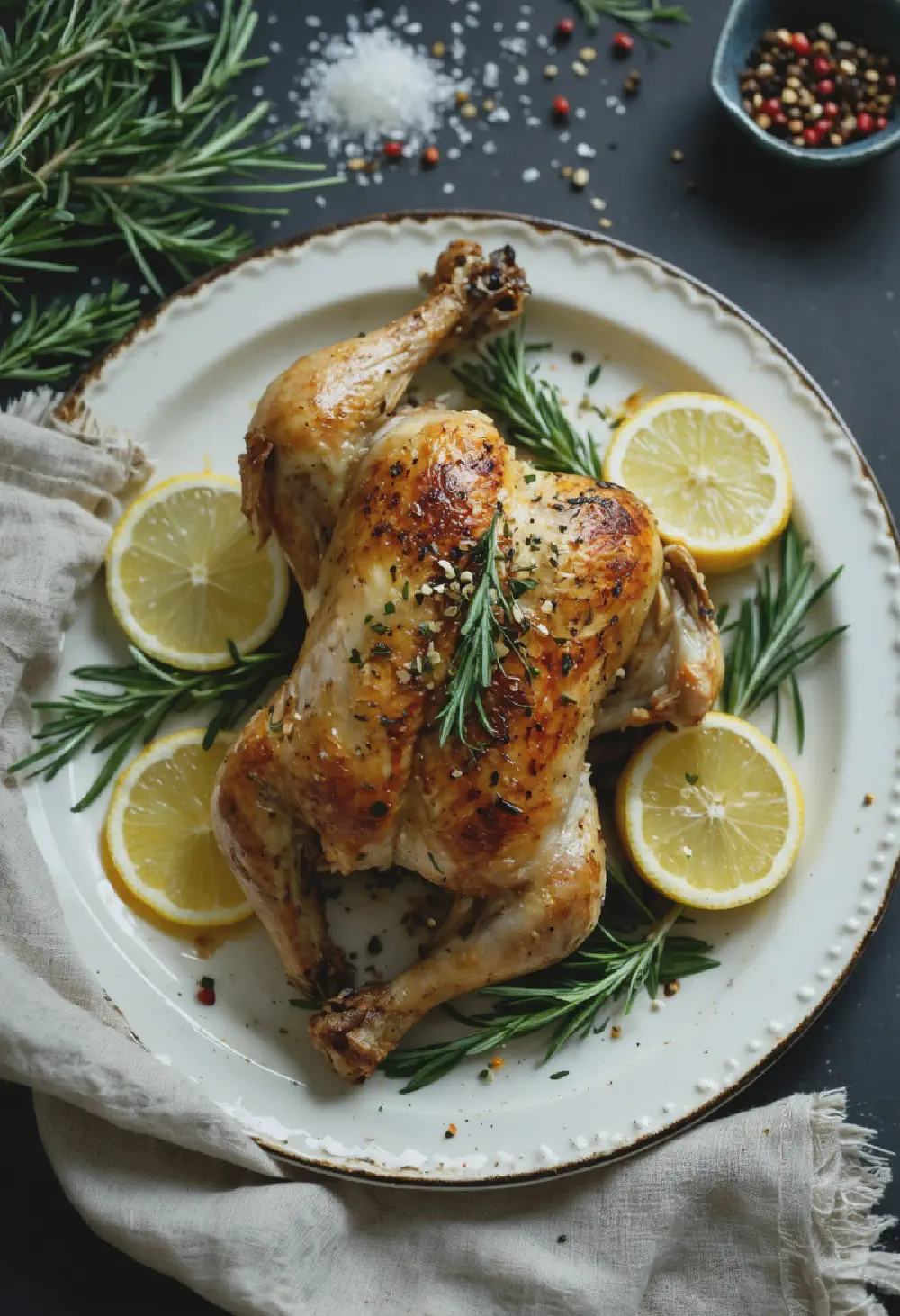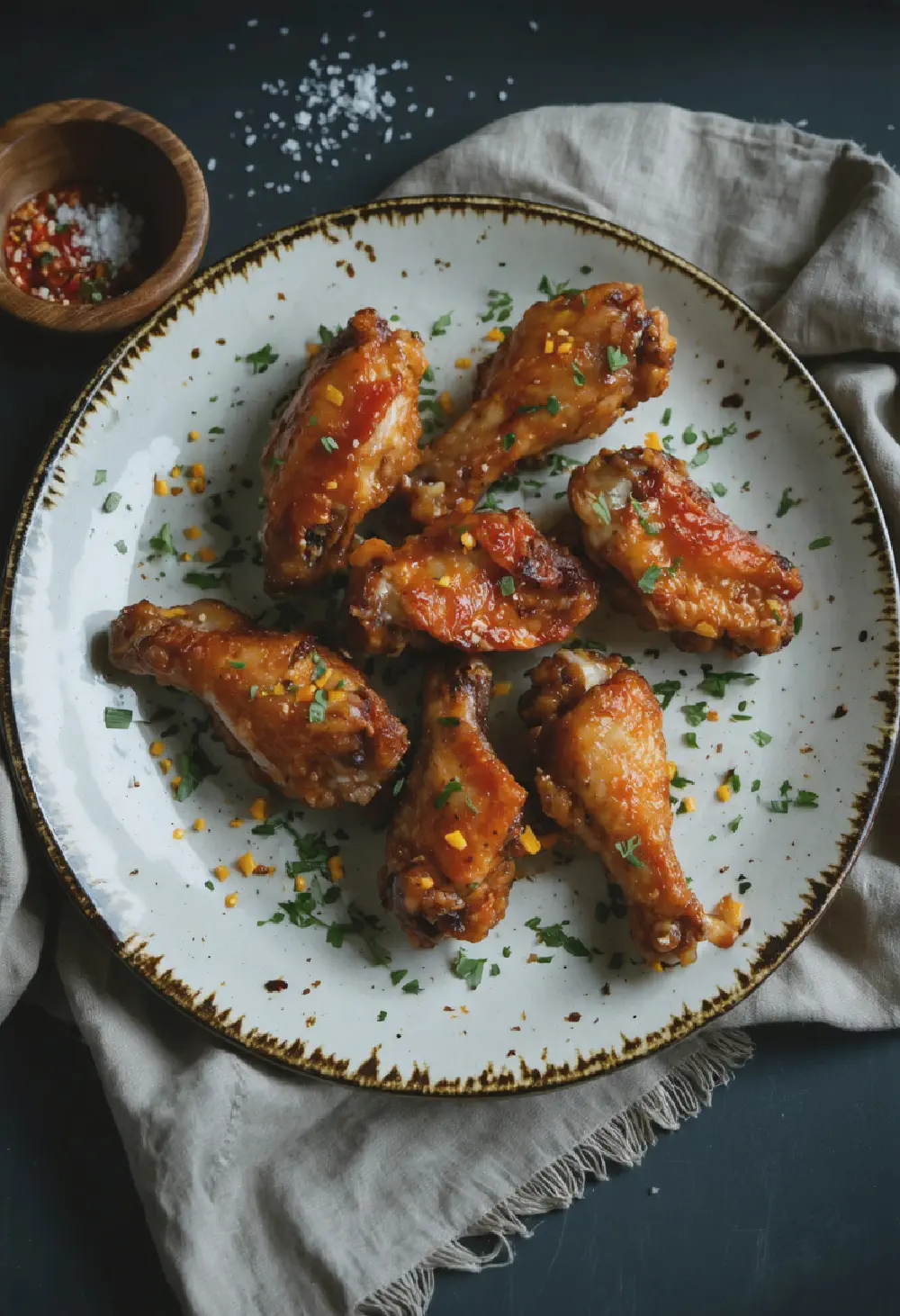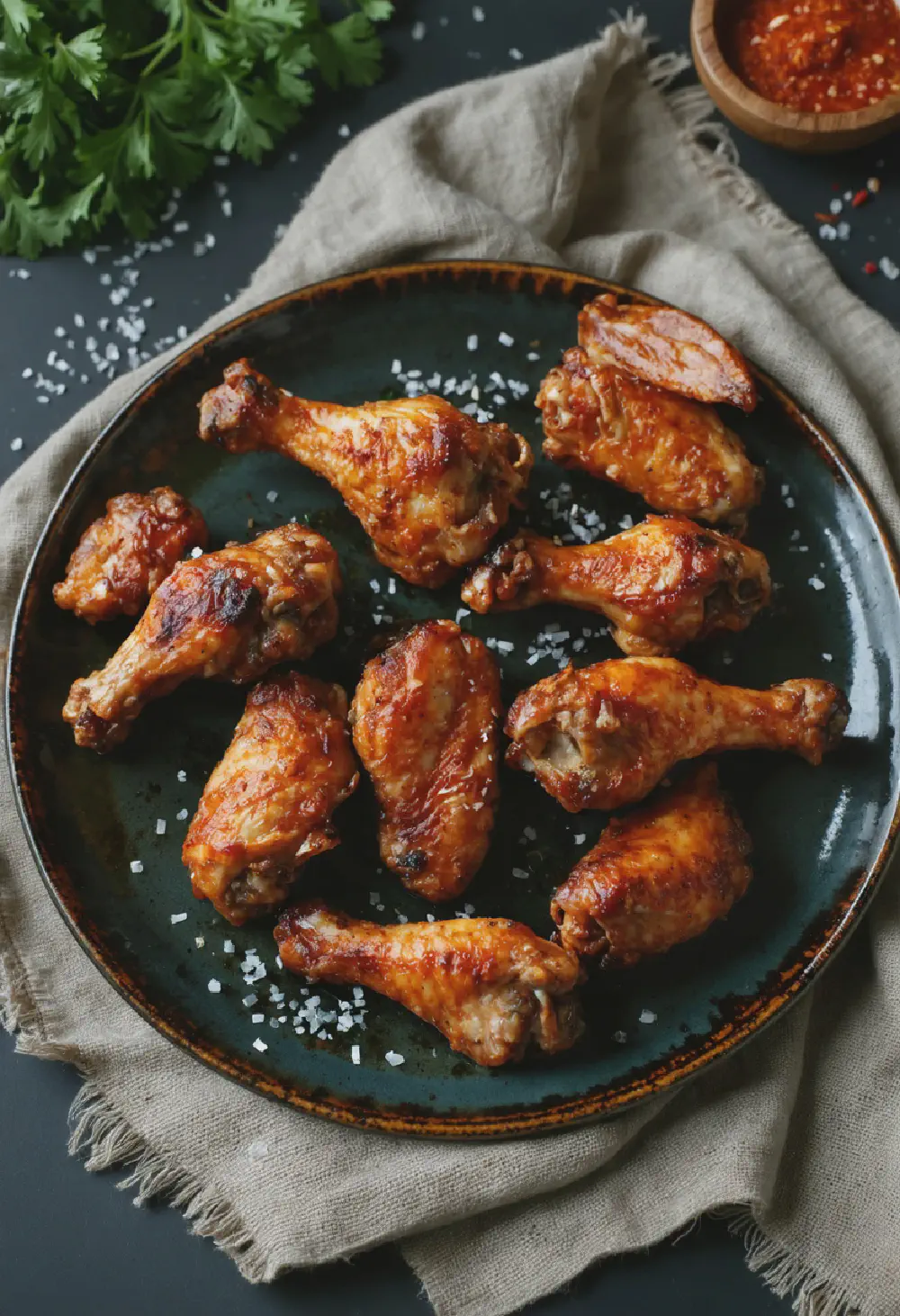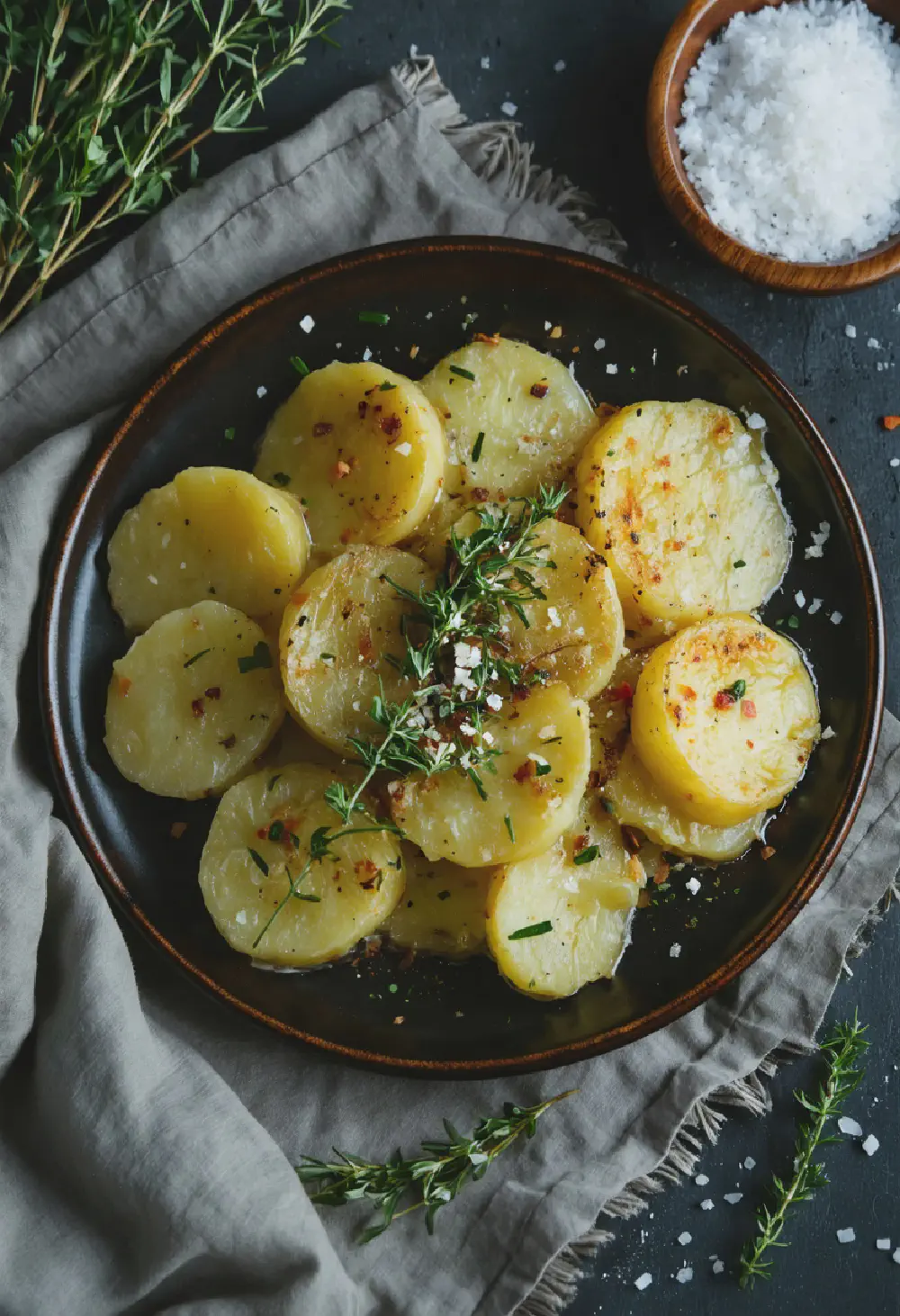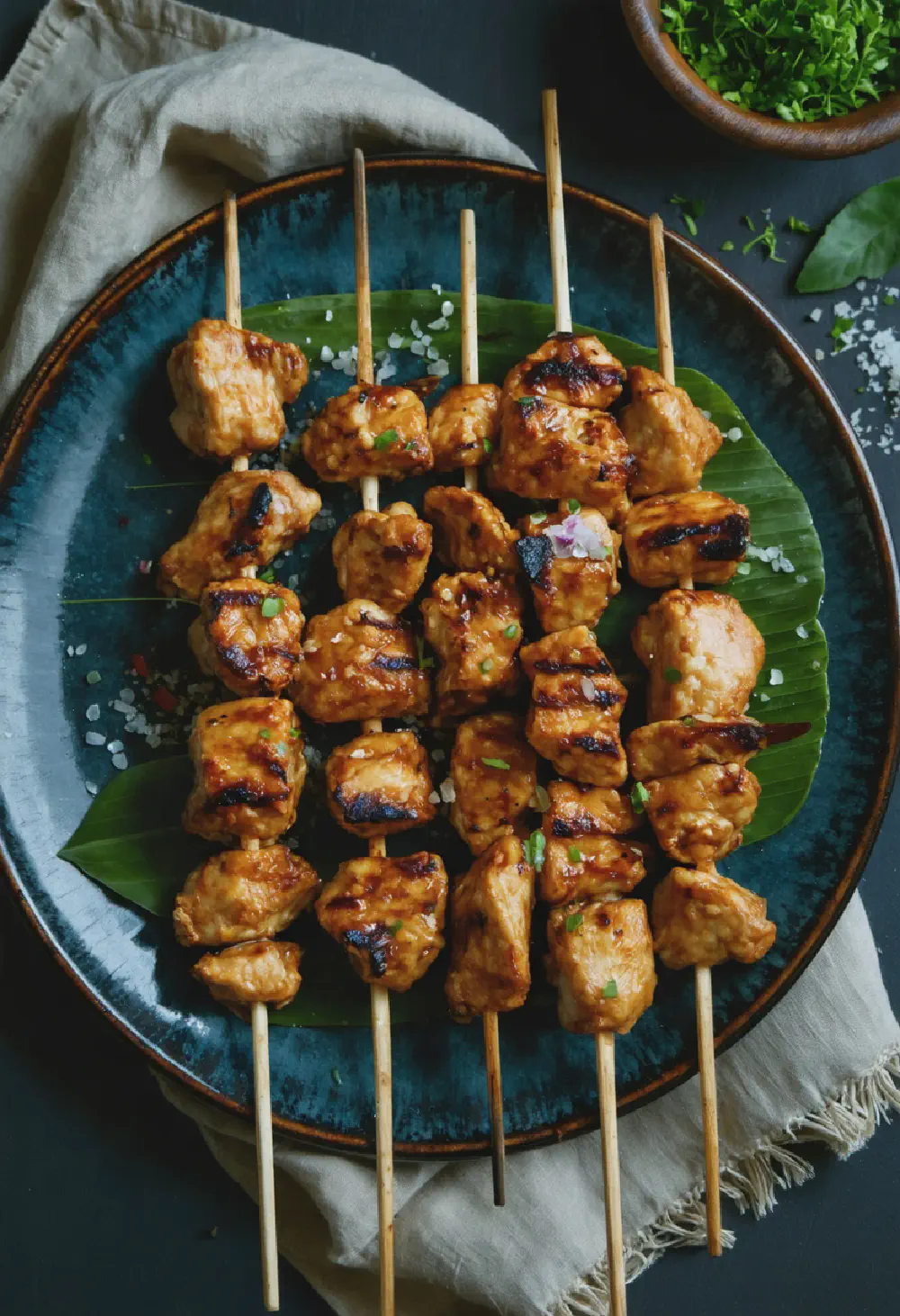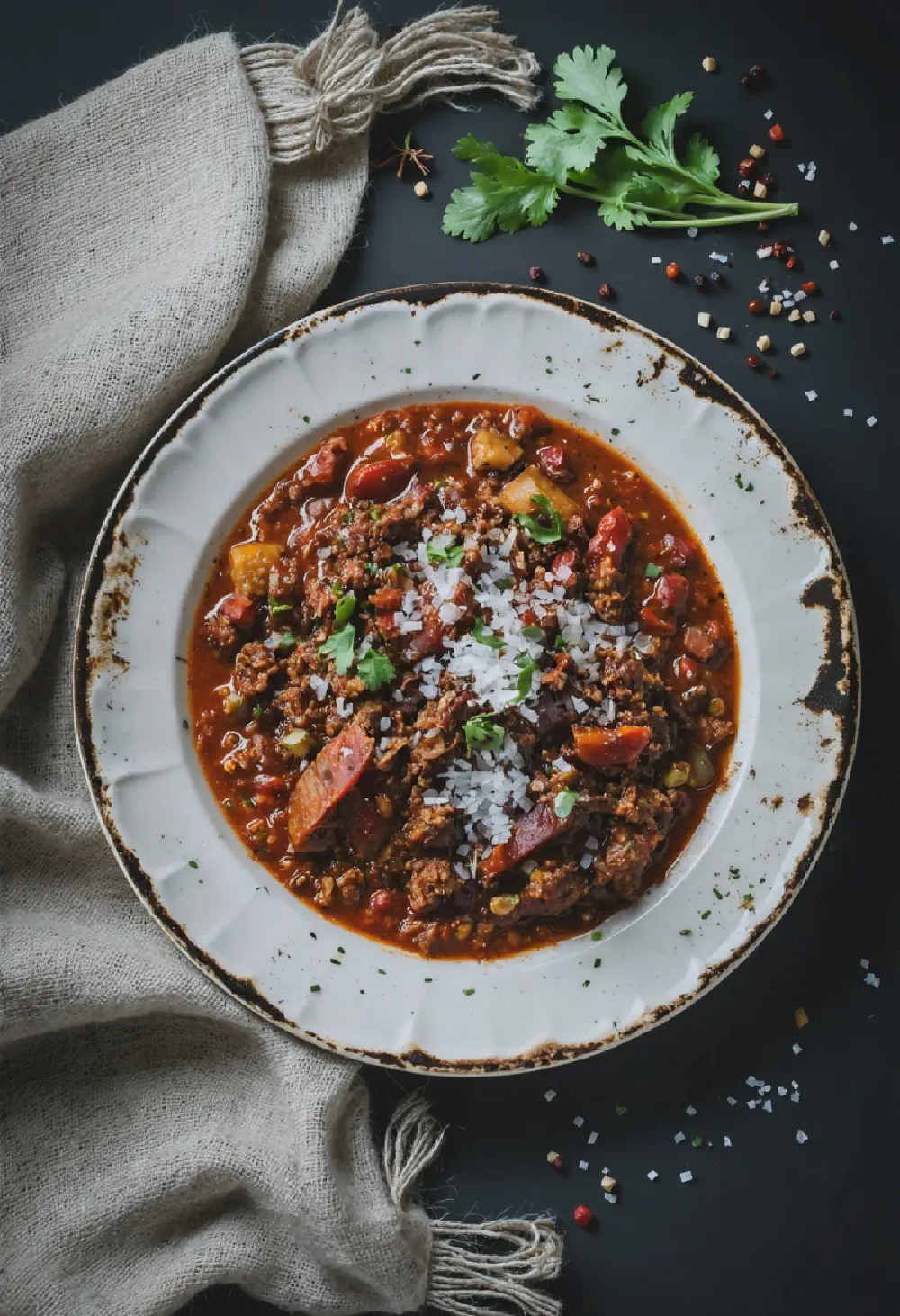Grilled Ribs
15M
2H and 45M
- Makes 4
- 2 racks of pork baby back ribs
- 1/4 cup brown sugar
- 2 tablespoons paprika
- 1 tablespoon garlic powder
- 1 tablespoon onion powder
- 1 tablespoon chili powder
- 1 tablespoon salt
- 1 teaspoon black pepper
- 1 teaspoon cayenne pepper
- 1 cup apple cider vinegar
- 1 cup water
- Your favorite barbecue sauce
- Prepare the ribs by removing the membrane from the back of the racks. This can be done by sliding a knife under the membrane and then pulling it off with a paper towel.
- In a bowl, mix together the brown sugar, paprika, garlic powder, onion powder, chili powder, salt, black pepper, and cayenne pepper to create the dry rub.
- Generously apply the dry rub to both sides of the ribs, pressing it into the meat to ensure it sticks.
- Preheat your grill to 225°F (107°C) for indirect cooking. If using a charcoal grill, set up for indirect heat by placing the coals on one side of the grill.
- Place the ribs on the grill away from the direct heat. Close the lid and let them cook for about 2 hours.
- In a spray bottle, mix the apple cider vinegar and water. Every 30 minutes, spray the ribs with this mixture to keep them moist.
- After 2 hours, check the ribs for tenderness. They should be starting to pull away from the bones. If not, continue cooking and checking every 30 minutes.
- Once the ribs are tender, brush them generously with your favorite barbecue sauce. Increase the grill temperature to 350°F (175°C) and move the ribs over direct heat.
- Grill the ribs for an additional 10-15 minutes, turning and basting with more sauce as needed, until the sauce is caramelized and sticky.
- Remove the ribs from the grill and let them rest for 10 minutes before slicing and serving.
Grilled Ribs: A Classic American Dish
History
Grilled ribs have a storied history in American cuisine, tracing their roots back to the early days of barbecue in the Southern United States. The tradition of slow-cooking ribs over an open flame can be linked to the indigenous peoples of the Americas, who used this method to preserve and flavor meat. Over time, as European settlers adopted and adapted these techniques, grilled ribs became a staple at American barbecues and cookouts. Today, they are celebrated across the country, with regional variations that reflect the diverse culinary landscape of the United States.
Taste Profile
The taste profile of grilled ribs is what makes them a beloved dish in American cuisine. These ribs are known for their tender, juicy texture and rich, smoky flavor, achieved through the slow grilling process. The meat is often coated in a dry rub or marinade before grilling, which adds layers of flavor, including notes of sweetness, spice, and tanginess. Whether finished with a sticky barbecue sauce or served dry with just the rub, grilled ribs offer a mouthwatering experience that is both satisfying and indulgent.
Cultural Significance
In American culture, grilled ribs hold a special place, particularly during summer months when barbecues and outdoor gatherings are common. They symbolize the joy of communal eating and the art of outdoor cooking. Grilled ribs are a centerpiece at events like the Fourth of July celebrations, family reunions, and neighborhood cookouts, embodying the spirit of togetherness and relaxation. Within the broader context of American cuisine, they represent the country’s love for hearty, flavorful food and the tradition of barbecue that has become a defining aspect of its culinary identity.
